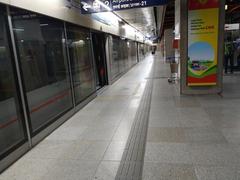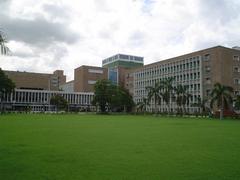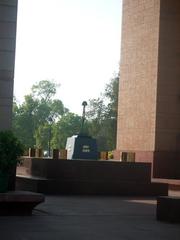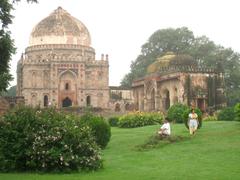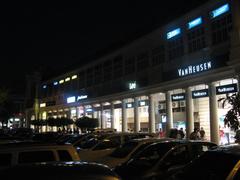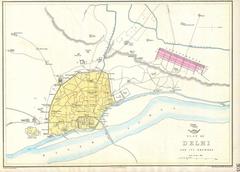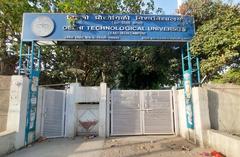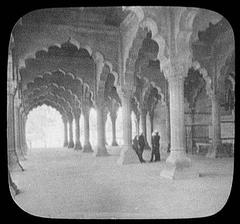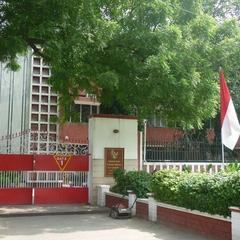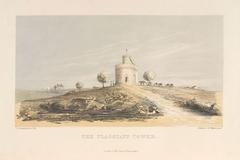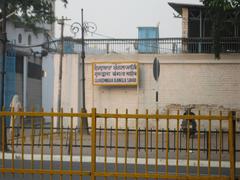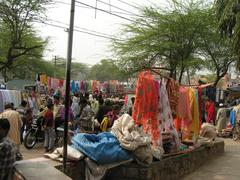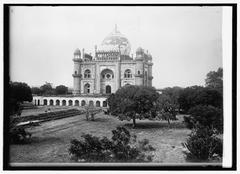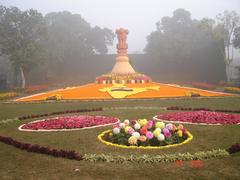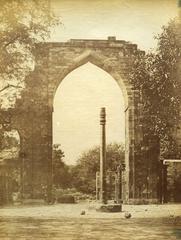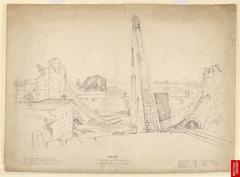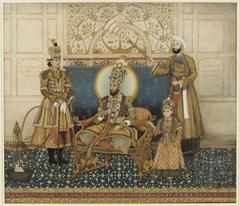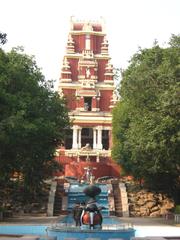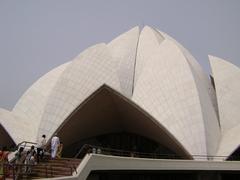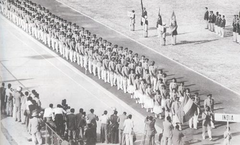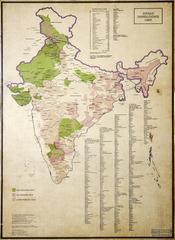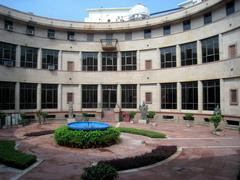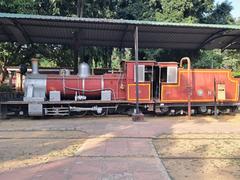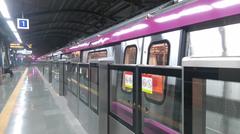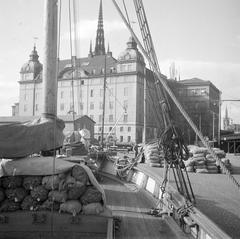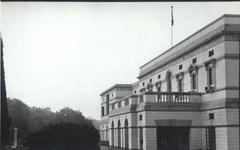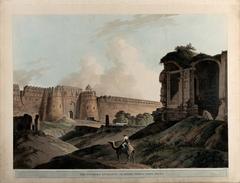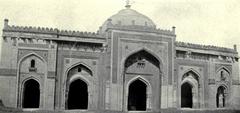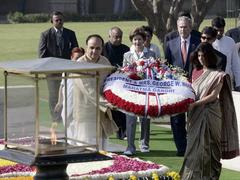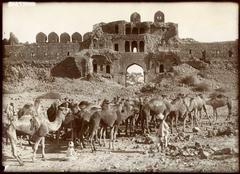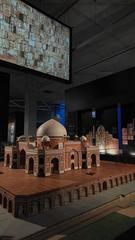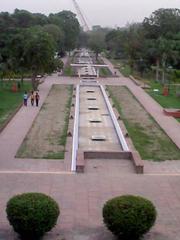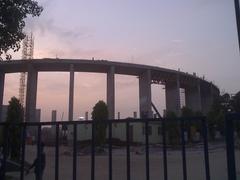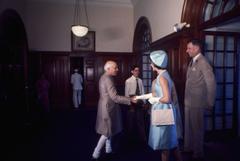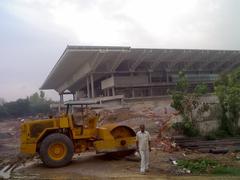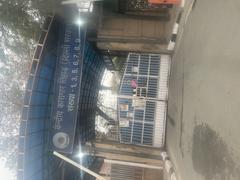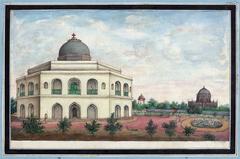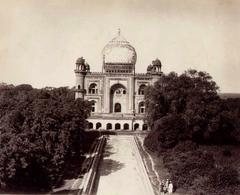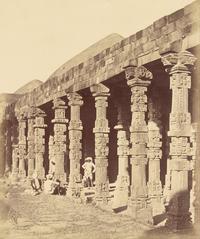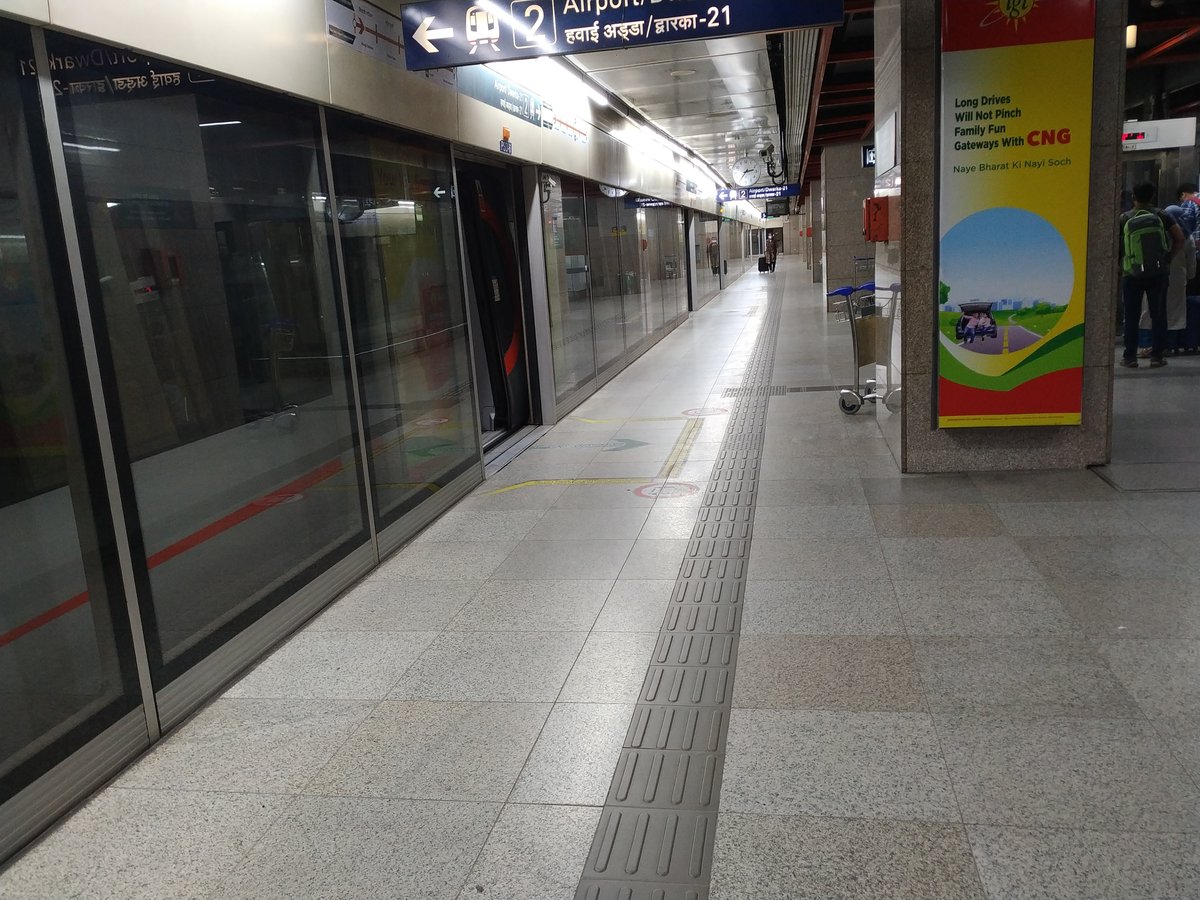
Complete Guide to New Delhi Metro Station: Visiting Hours, Tickets, and Nearby Attractions
Date: 15/06/2025
Introduction to New Delhi Metro Station
The New Delhi Metro Station is a pivotal hub in Delhi’s urban transit system, seamlessly connecting the capital’s historic core with modern infrastructure. Adjacent to the New Delhi Railway Station, the metro station is a primary interchange for both the Yellow Line and Airport Express Line, creating easy access for local commuters, railway passengers, and international travelers arriving via Indira Gandhi International Airport. Since the Delhi Metro’s inauguration in 2002, New Delhi Metro Station has become a key gateway to the city, enhancing mobility and accessibility for millions (Rentomojo, So City).
The station is fully air-conditioned and equipped with accessible features such as elevators, tactile paving, and accessible restrooms, reflecting the Delhi Metro Rail Corporation’s (DMRC) dedication to inclusive travel (Suzanne Wanders Delhi). Operating from 6:00 AM to 11:00 PM daily, the station provides multiple ticketing options—tokens, smart cards, and digital payments—ensuring convenience for all travelers.
Serving as more than just a transit point, New Delhi Metro Station offers direct connectivity to prominent historical sites like India Gate, Red Fort, and Connaught Place. Ongoing urban redevelopment, including the New Delhi Railway Station upgrade and Metro Phase IV expansion, aims to further elevate passenger experience and city connectivity (infrainfohub.com, TripSavvy). This guide covers everything visitors need to know—from operational details and tickets to safety and nearby attractions—empowering travelers to explore Delhi with confidence. For real-time updates, use the DMRC app or the Audiala app (Travel India One, Orangewayfarer).
Table of Contents
- Historical Development of New Delhi Metro Station
- Architectural and Operational Significance
- Visiting Hours and Ticket Information
- Role in Delhi’s Urban and Cultural Landscape
- Visitor Experience and Practical Tips
- Guide to Delhi’s Historical Monuments
- India Gate Visitor Guide
- Future Developments and Redevelopment
- Summary and Useful Tips
- References and Further Reading
Historical Development of New Delhi Metro Station
Origins and Planning
The concept of the Delhi Metro emerged in the 1960s, but construction began in 1998 to address Delhi’s chronic traffic congestion and pollution (Rentomojo). The New Delhi Metro Station was strategically planned as a central interchange to link the city center with major railway and airport facilities.
Inauguration and Early Years
Delhi Metro’s first line opened on December 24, 2002 (Rentomojo), with New Delhi Metro Station becoming a crucial node due to its proximity to New Delhi Railway Station. Designed for efficient transfers between long-distance trains and the metro, it quickly became an essential entry point for travelers.
Expansion and Modernization
The Delhi Metro network has expanded rapidly, now covering approximately 395 kilometers with 289 stations as of June 2025 (So City). Upgrades at New Delhi Metro Station include the integration of the Airport Express Line in 2011, connecting the city center to the airport and transforming the station into a vital multimodal interchange.
Architectural and Operational Significance
Design and Accessibility
The station features modern, functional architecture with air-conditioning, elevators, escalators, tactile paths, and accessible restrooms (Suzanne Wanders Delhi). Wide gates and ramps further enhance accessibility for all users.
Interchange Hub
New Delhi Metro Station is a key interchange between the Yellow Line (Samaypur Badli–Huda City Centre) and Airport Express Line (New Delhi–Dwarka Sector 25), facilitating transfers across the city and to the airport (Travel India One). Its adjacency to the railway station makes it essential for multimodal travel.
Security and Safety
Strict security measures are in place, including baggage scanning, metal detectors, CCTV surveillance, and dedicated women’s coaches (Orangewayfarer). These protocols make the station one of the safest transit points in Delhi.
Visiting Hours and Ticket Information
Visiting Hours
The station operates daily from 6:00 AM to 11:00 PM. Schedules may vary on holidays or during maintenance; always verify timings via the DMRC website or app.
Ticket Purchasing Options
- Tokens: For single journeys, available at counters and vending machines.
- Smart Cards: For frequent travelers, offering discounts and faster access, available at the station, authorized vendors, or via the DMRC app.
- Digital Payments: Contactless payments and recharge options are supported via the DMRC app.
- Airport Express Line: Separate fare structure and ticket counters for the Airport Express.
Fare Structure
Fares range from ₹10 to ₹60, based on distance. Smart card users get discounted rates. Airport Express Line fares start at ₹60. Fare calculators are available online and on the DMRC app.
Role in Delhi’s Urban and Cultural Landscape
Gateway to the City and Historical Sites
New Delhi Metro Station is often the first stop for visitors, providing quick access to iconic sites like Connaught Place, India Gate, and the Red Fort (Intrepid Travel). The Airport Express Line makes it a preferred entry point for international tourists.
Economic and Social Impact
The station stimulates economic activity in the area, supporting businesses and markets, and ensures affordable, reliable transport for millions (Suzanne Wanders Delhi).
Environmental Leadership
Delhi Metro is globally recognized for sustainability, with New Delhi Metro Station featuring energy-efficient systems, solar power, and rainwater harvesting (Suzanne Wanders Delhi). The network’s role in reducing traffic and emissions is pivotal to Delhi’s environmental strategy.
Visitor Experience and Practical Tips
Navigating the Station
Clear signage in Hindi and English, color-coded lines, and interactive maps (DMRC app) make navigation straightforward (Rentomojo). Staff are available for assistance.
Facilities and Amenities
Amenities include ATMs, food kiosks, restrooms, Wi-Fi, waiting areas, and help desks. Luggage storage and cloakrooms are especially helpful for travelers in transit (Travel India One).
Safety and Etiquette
- Avoid peak hours (8:00–10:00 AM, 5:30–8:00 PM) for a comfortable journey.
- Remain vigilant for pickpockets in crowded areas (Drifter Planet).
- Women should consider using the dedicated women’s coach (Orangewayfarer).
Connectivity to Major Attractions
- Connaught Place (Rajiv Chowk): Commercial and cultural hub.
- Red Fort/Chandni Chowk: Historical sites and markets.
- India Gate: Via Central Secretariat station.
- Lotus Temple: Via Nehru Place station.
- Airport: Via Airport Express Line (Intrepid Travel).
Guide to Delhi’s Historical Monuments
India Gate
A war memorial designed by Sir Edwin Lutyens, India Gate stands as a symbol of sacrifice and national pride. Open 24/7, it is best visited early morning or evening. Entry is free.
Qutub Minar
A UNESCO World Heritage Site and the world’s tallest brick minaret, Qutub Minar is accessible from 7:00 AM to 5:00 PM. Entry: ₹40 (Indians), ₹600 (foreigners). Partial accessibility and guided tours available.
Humayun’s Tomb
A precursor to the Taj Mahal, Humayun’s Tomb is open from sunrise to sunset. Entry: ₹40 (Indians), ₹600 (foreigners). Features sound and light shows on select evenings.
General Tips
- Book tickets online via the ASI website during peak season.
- Major sites are wheelchair-accessible.
- Guided tours and audio guides are available.
- Early mornings and weekdays are best for visits.
India Gate Visitor Guide
Historical and Cultural Highlights
India Gate honors the sacrifice of Indian soldiers and features the Amar Jawan Jyoti eternal flame. Its grand sandstone arch, inscriptions, and lush lawns make it a favorite for visitors.
Visiting Information
- Hours: Open 24 hours.
- Entry Fee: Free.
- Access: Nearest metro stations are Central Secretariat and Patel Chowk. Take a short auto-rickshaw or taxi ride for last-mile connectivity.
Safety and Etiquette
India Gate and metro stations are monitored by security personnel and CCTV. Use the women’s coach in the metro if needed. Maintain decorum, avoid littering, and respect local customs.
Future Developments and Redevelopment
New Delhi Railway Station Redevelopment
A major revamp is underway, integrating the railway and metro stations with expanded concourses, improved signage, digital information, and enhanced accessibility (infrainfohub.com). The project aims for completion within three years, optimizing passenger flow and amenities.
Metro Expansion: Phase IV and Urban Integration
Delhi Metro’s Phase IV will add six new lines, extending coverage and improving interchange facilities (TripSavvy). Integration with projects like Central Vista and Pragati Maidan will enhance connectivity to government, business, and event districts.
Environmental and Socio-Economic Impact
Delhi Metro leads in sustainability, earning UN certification for emission reduction (TripSavvy). Metro expansion boosts property values, creates jobs, and improves access to opportunities citywide (ScienceDirect).
Innovations
Smart ticketing, real-time information, and green technologies (solar panels, water recycling) are being adopted (Rail Analysis Conclave).
Summary and Useful Tips
New Delhi Metro Station is a model of modern transit, accessibility, and sustainability—serving as a gateway to India’s capital and its historical treasures. The station’s integration with metro and railway networks, coupled with robust amenities and security, ensures a safe, convenient experience for all travelers. Ongoing upgrades and expansion reflect Delhi’s commitment to progressive urban mobility (Intrepid Travel, infrainfohub.com, ScienceDirect).
For a smooth trip:
- Use the DMRC or Audiala apps for route planning and ticketing.
- Avoid peak hours for comfort.
- Explore nearby sites like India Gate, Qutub Minar, and Humayun’s Tomb.
- Stay informed on redevelopment and travel updates via official channels (Suzanne Wanders Delhi, DMRC).
References and Further Reading
- Rentomojo
- So City
- Suzanne Wanders Delhi
- Travel India One
- infrainfohub.com
- TripSavvy
- ScienceDirect
- Rail Analysis Conclave
- Intrepid Travel
- Delhi Tourism
- Delhi Metro Rail Corporation
- Orangewayfarer
- Drifter Planet
- Archaeological Survey of India
